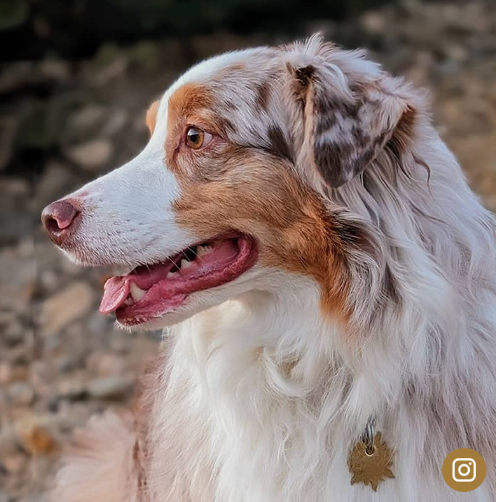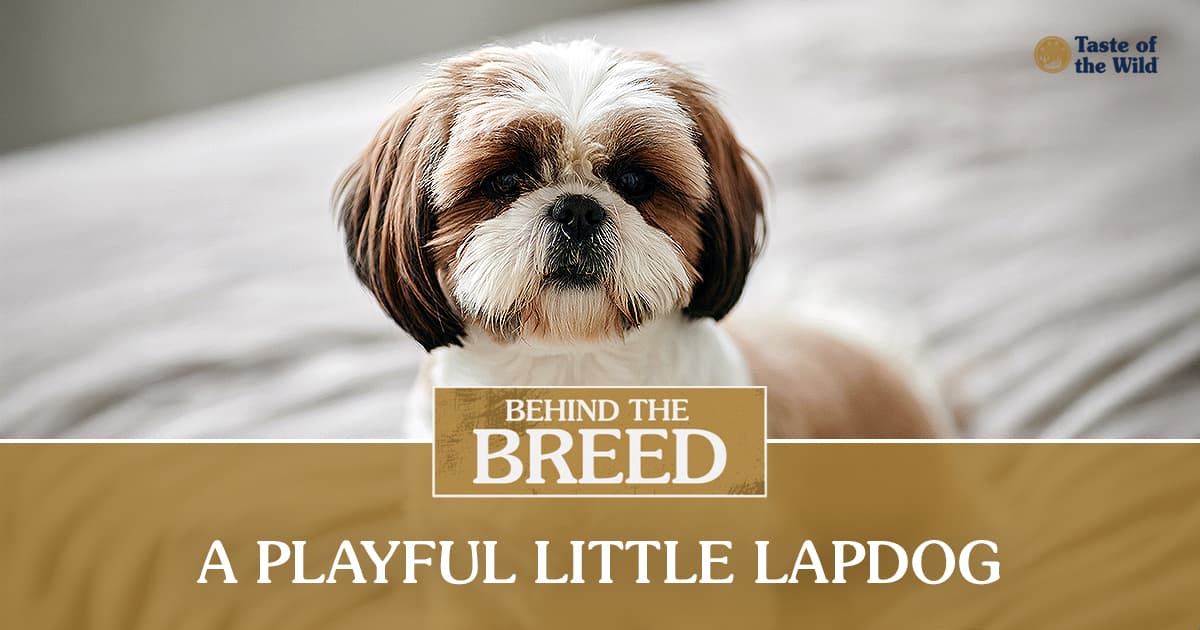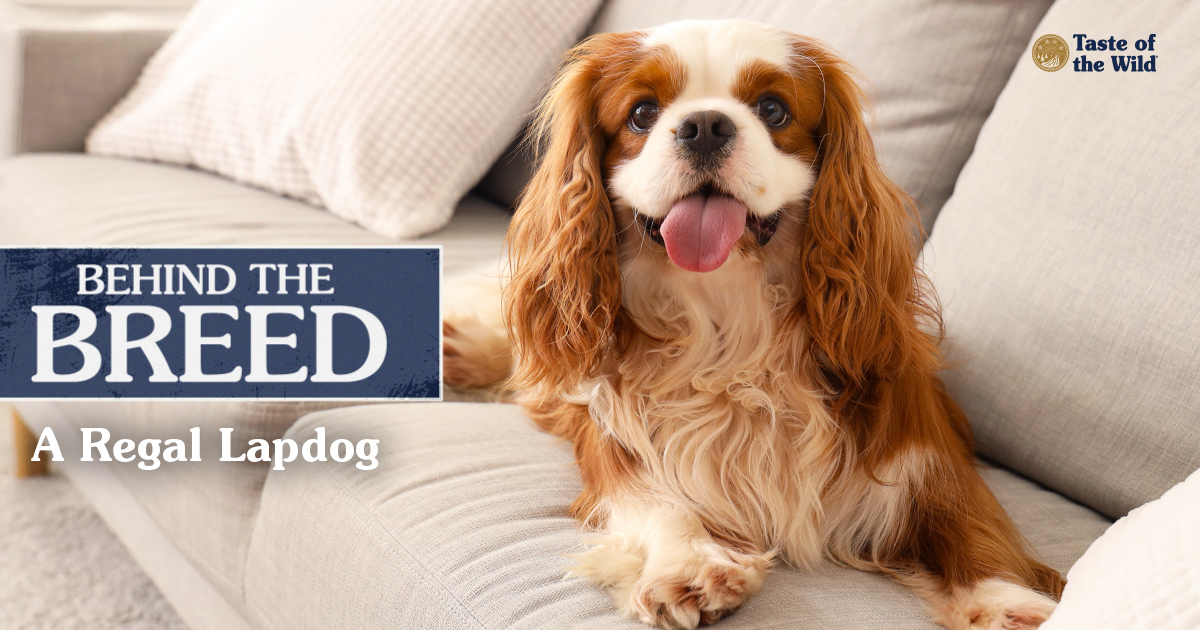Behind the Breed: French Bulldog
Category: Behind the Breed

Have you ever wondered where a dog breed originated from? In our “Behind the Breed” series we’ll dive into the history, personality and physical appearance of a particular breed. We’ll also cover some of the FAQs about the breed and maybe some fun facts, too!
From rare breed status in 1940 to the most popular dog breed registered with the American Kennel Club in 2022 and 2023 (ending the Labrador retriever’s 31-year reign), the French bulldog has a remarkable comeback story. They also have an interesting origin story that began with lacemakers in England. Let’s dive “Behind the Breed” and learn how the French bulldog breed began and the characteristics that make them such a popular breed today.
What Does a French Bulldog Look Like?
Frenchies have a heavy bone structure covered by a muscular physique and a smooth coat. The French bulldog’s coat comes in a range of colors including brindle, fawn and white. One of the features that distinguish French bulldogs from their English bulldog ancestors is their upright “bat” ears.
They are brachycephalic dogs (smushed-faced dogs) which can contribute to some health problems. Brachycephalic syndrome can affect French bulldogs by making it harder for them to breathe when they’re hot, after exercise and if they’re stressed. So if you’re looking for a canine running partner for a 5K, rule out a Frenchie.
Their brachycephalic breed status also means that they may not be able to fly, especially in the cargo hold. So if you have plans to take your Frenchie on a vacation that includes flying, make sure you check the airline’s requirements for brachycephalic breeds before booking your ticket. Keeping your French bulldog healthy may mean a road trip instead.
French Bulldog Personality Traits
The French bulldog temperament, small size (less than 30 pounds) and low exercise requirement makes them great for people living in apartments or other small spaces. They’re smart and alert and love to please their humans, especially if you’re using food as a training reward. Many French bulldogs love participating in dog sports like agility, too!
Toys Are No Match for a French Bulldog Puppy
Due to their powerful jaws, French bulldog puppies can be destructive with their toys. So make sure you supervise their playtime and don’t give them anything that can be chewed up and accidentally swallowed.
The French Bull Dog Club of America (FBDCA)
The FBDCA is the oldest breed club in the world dedicated to French bulldogs. It was founded in 1897 and continues to promote quality in the breeding and proper care of purebred French bulldogs. They help people who are interested in the breed, whether that’s competing in events, breeding dogs or just loving their Frenchie.
The History of French Bulldogs
According to the FBDCA, it was lacemakers in Nottingham, England, who started the breed by selectively breeding small, toy English bulldogs as lap pets that had upright or rose ears. When the Industrial Revolution threatened the lacemakers’ job security, they moved to France with their toy bulldogs. The “Boule-Dog Francais” became the pet to have in Paris, and eventually Americans visiting Paris started taking these French bulldogs back home, especially the Frenchies with upright ears.
However, their popularity began to decline in the 1920s, and by 1940 only 100 were registered with the AKC. It wasn’t until the 1980s that the breed saw a rise in registrations, a rise that has continued exponentially with 5,500 registered Frenchies in 2006, and around 98,500 French bulldogs registered with the AKC in 2023!
French Bulldog FAQs
Here are some common questions that pet parents and potential pet parents may have about French bulldogs.
What is the life expectancy of French bulldogs?
The French bulldog lifespan is around 10 to 12 years.
How big do French bulldogs get?
Most French bulldogs are around 12 inches in height and weigh no more than 30 pounds.
Do Frenchies shed?
A French bulldog’s hair is short and considered low-shedding. You’ll notice a little shedding all year round.
Are French bulldogs aggressive?
Frenchie’s are usually friendly dogs; however, like any dog, they can become defensive or aggressive if placed in a stressful or violent situation. Socialization is recommended for any dog, but socializing puppies is especially important so that they can become confident and well-mannered adult dogs.
Are Frenchies good with other dogs?
Yes, French bulldogs generally get along with other dogs, as long as they have been socialized well as we mentioned above.
Are French bulldogs hypoallergenic?
No, Frenchies are not hypoallergenic. There actually aren’t any breeds that are 100% hypoallergenic (including hairless breeds). Allergens are found in dog urine, saliva and dander — not the hair. So, while low-shed breeds spread less dander, it’s still possible to be allergic to a low-shed or “hypoallergenic” dog.
Are French bulldogs good with kids?
Yes, a French bulldog is generally a good breed for families. Their personality and small size make them a good choice for kids; however, all breeds of dogs should be supervised around children.
Can French bulldogs swim?
Frenchies are poor swimmers due to their body shape, so French bulldog owners should never leave their dog unsupervised around water.
From a popular Parisian dog to a rare U.S. breed to the most popular registered breed in America, the French bulldog breed has certainly had some ups and downs!
The information in this blog has been developed with our veterinarian and is designed to help educate pet parents. If you have questions or concerns about your pet’s health or nutrition, please talk with your veterinarian.




